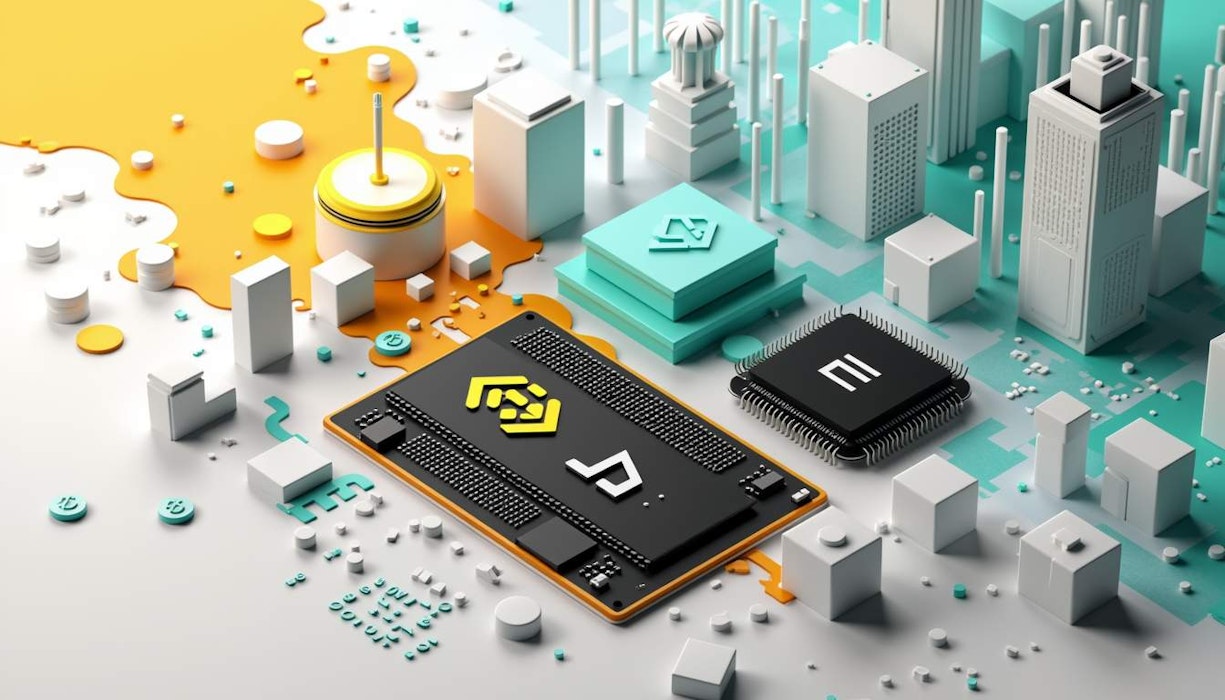The impending tariffs on Chinese imports are putting pressure on tech behemoths like Nvidia and AMD to recalibrate their approaches. As these companies hasten their GPU releases, their goal is to avert any potential price hikes and hold onto their market advantage. This post delves into how these strategic adjustments could affect the AI sector and the wider tech ecosystem. Let’s take a look at the impact of these economic strategies and how they might influence technology’s trajectory.
Tariffs: A Game Changer for Tech Titans
The introduction of tariffs on Chinese imports, especially those aimed at the semiconductor and AI chip industries, has created a significant stir in the tech landscape. These tariffs aren’t merely a financial inconvenience; they are a catalyst for substantial shifts in strategy among major tech players. Firms like Nvidia and AMD are spearheading this change, hastening their development of in-house AI chips to cushion the impact of these tariffs.
Nvidia and AMD: Speeding Up Their Game
Quickening GPU Launches
Nvidia and AMD are speeding up the rollout of their latest GPUs, aiming to get them out before the higher costs that a 60% tariff on Chinese imports could entail. This approach isn’t solely about avoiding tariffs; it’s about retaining a competitive edge in a market that’s evolving rapidly. By fast-tracking their product launches, these companies hope to secure profits before tariffs cause GPU prices to skyrocket.
Diversifying the Supply Chain
In a bid to safeguard against tariffs and export restrictions, tech giants are diversifying their chip supply chains. This entails crafting in-house AI chips and diminishing reliance on outside suppliers, particularly those impacted by trade bans. For instance, Nvidia and AMD are ramping up the production of add-in boards to ensure a steady stream of GPUs.
Impacts on the AI and GPU Markets
Price Surges Ahead
The expected tariffs could drastically inflate production costs and consumer prices of GPUs. For instance, the Nvidia GeForce RTX 5090 might see its price tag escalate from $1,799 to $2,500. Such increases could reshape the GPU market, heightening demand for second-hand GPUs and even creating openings for competitors. This could also influence the AI sector, which heavily leans on advanced GPUs for various functions.
Pursuing Technological Independence
The ongoing tech standoff between the U.S. and China has triggered a race among tech companies for self-sufficiency by developing their own AI chips. This strategy allows them to sidestep the ramifications of trade wars and ensures a steady supply of advanced chips customized to their needs. Notably, companies like Google and Amazon are delving into in-house AI chip development to lessen their dependence on Nvidia and AMD.
Responses and Preparations from the Industry
Making Strategic Investments
The need to navigate trade restrictions has compelled tech giants to pour money into their own chip design and manufacturing capabilities. For instance, Meta plans to invest at least $35 billion in AI infrastructure in 2024, which includes building its own chip capacity. These long-term investments are motivated by the necessity to secure a reliable and compliant source of AI chips amidst geopolitical instability.
Ensuring Compliance with Export Rules
The U.S. export regulations on AI chips to China have generated a convoluted compliance landscape. By crafting and producing their own chips, companies can better adhere to these laws and steer clear of the fallout from importing restricted components. For example, OpenAI’s collaboration with Broadcom and TSMC to engineer custom AI chips allows them to maintain supply chain control and stay compliant with U.S. export rules.
Summary: Adapting to Economic Challenges
The implementation of tariffs on Chinese imports has provided strong motivation for tech giants to invest in the development of in-house AI chips. This approach ensures supply chain security, adherence to regulations, technological independence, and optimized performance and costs. As the tech sector maneuvers through these economic hurdles, the strategic adjustments made by companies like Nvidia and AMD will be pivotal in defining technology’s future.
By grasping these dynamics, stakeholders can better prepare for the evolving landscape and seize opportunities that emerge from these geopolitical strains. The future of AI and GPU markets will hinge on how adeptly these companies adapt to the new economic realities and continue to innovate amid challenges.
